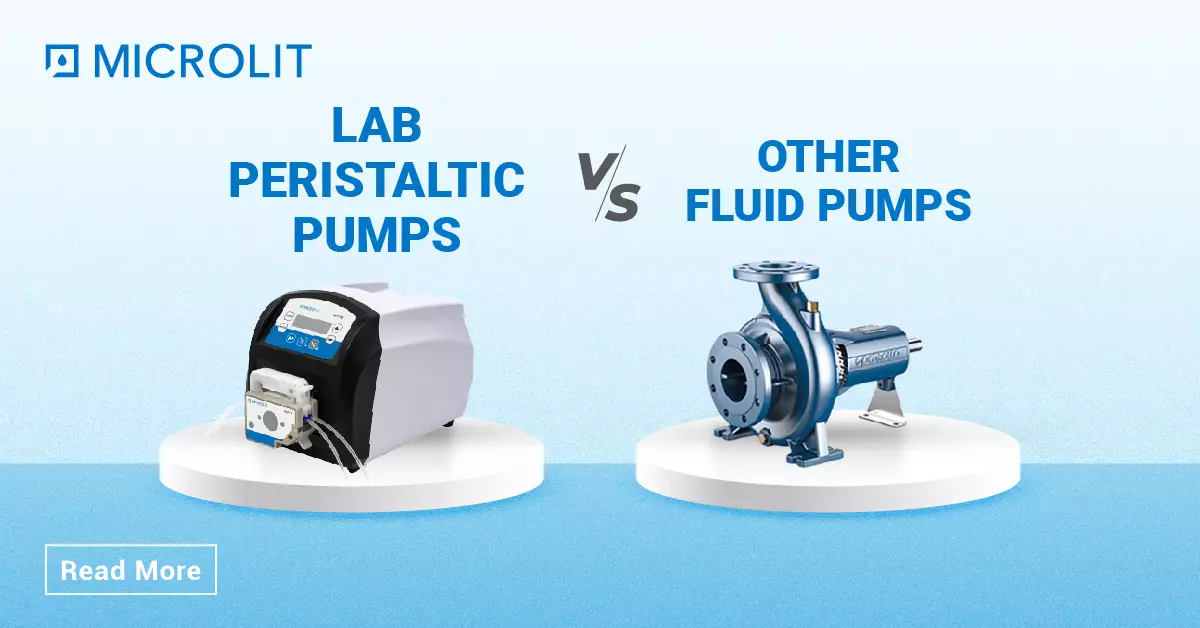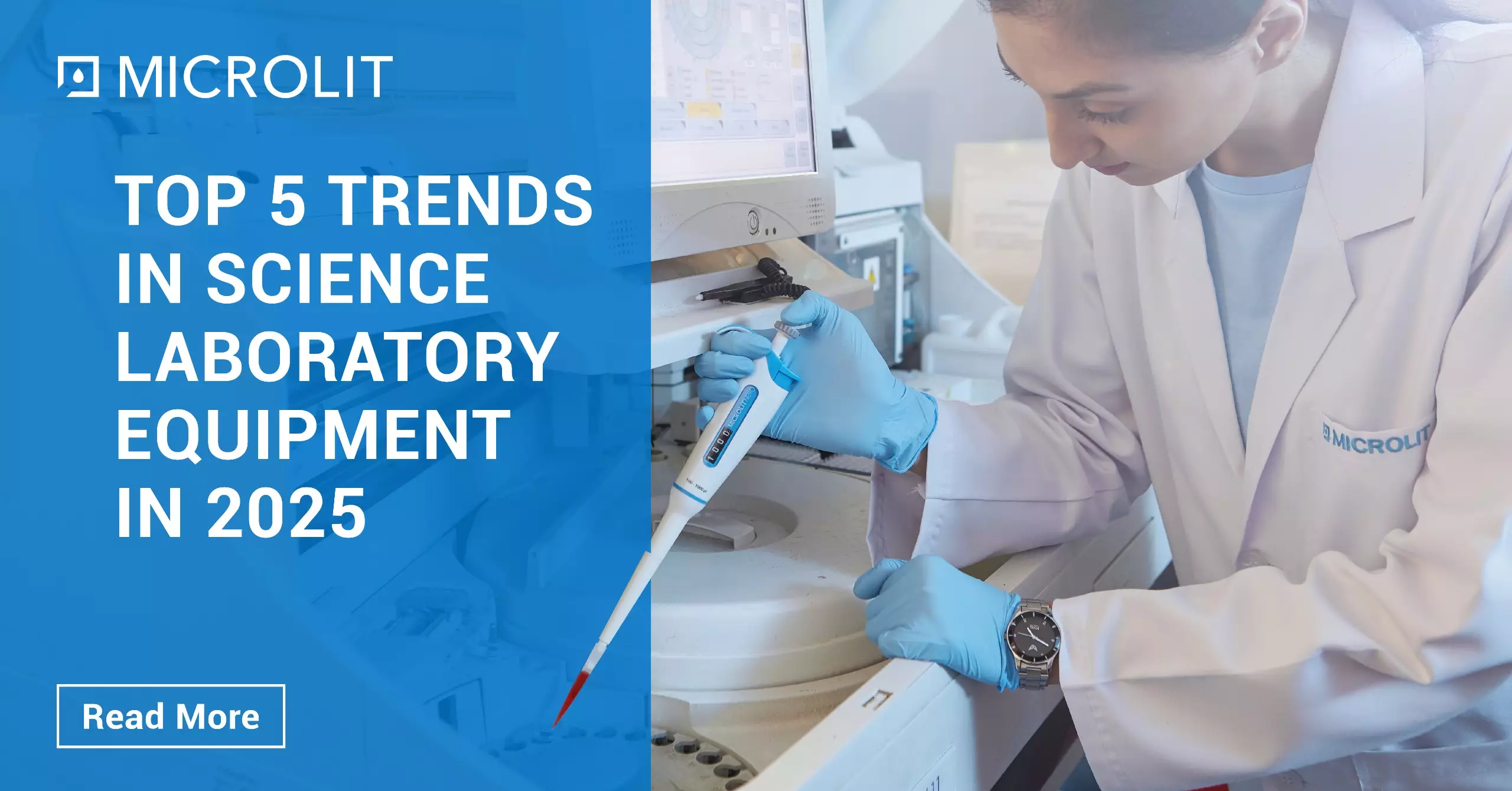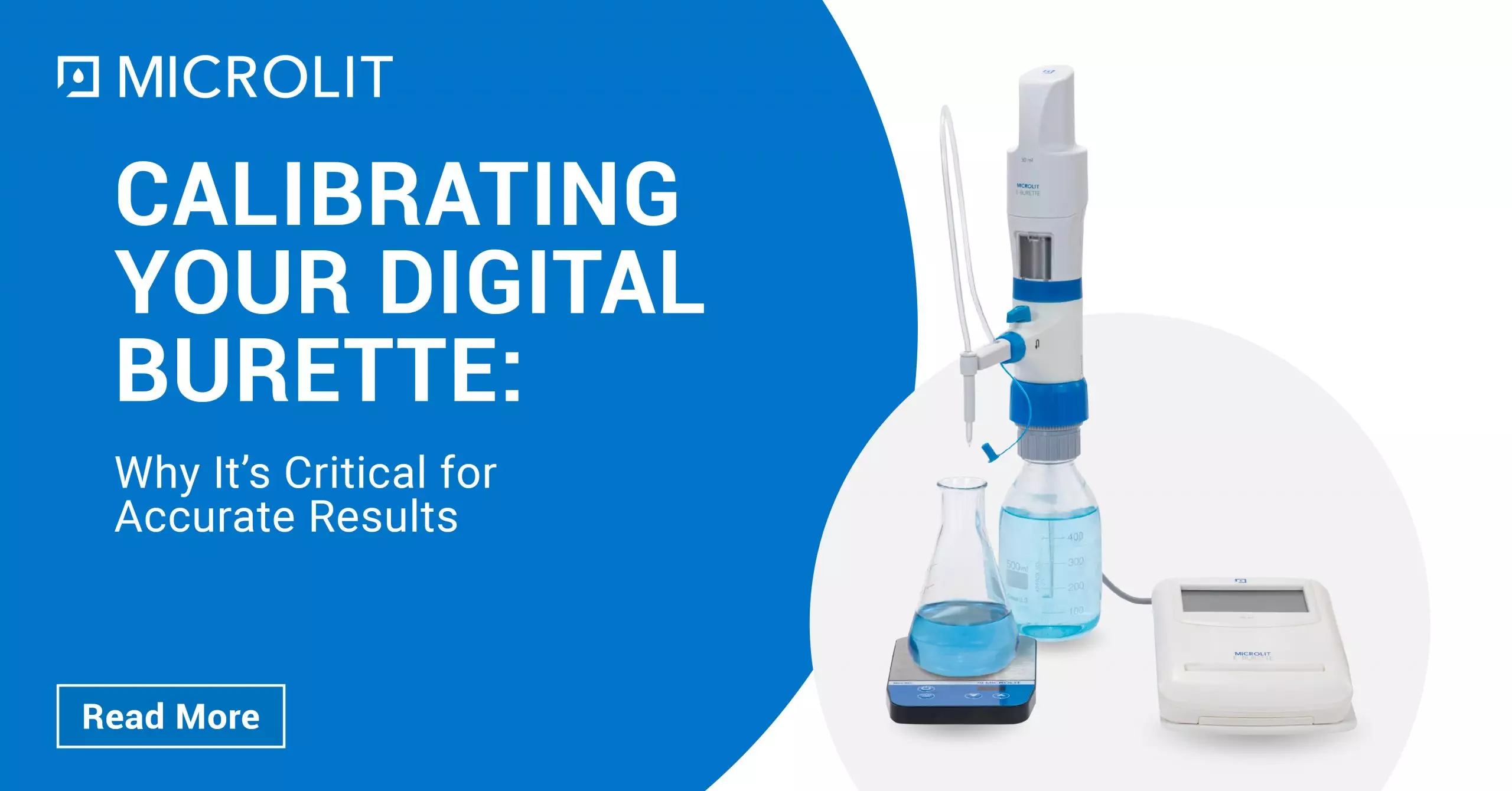We live in the era of industrialization where every minute witness a new discovery and every second a new invention. But, in order for these discoveries and inventions to take form, human beings often end up polluting crucial resources like air and water to such an extent that they become unfit for use or consumption by any other living organism.
It’s not a surprise that today we are facing a grim scarcity of quality water for personal use and for agricultural purposes. Inorganic or chemical wastes comprising concentrated acids, metallic impurities, pesticides etc. from industries often end up polluting our water supplies. Therefore, to detect the sanctity of water and determine its safety for household and agricultural purposes, Water Testing is conducted.
What is Water Testing?
Water Testing is a broad umbrella under which various procedures are performed to analyze water quality. They help to identify the presence of specific nutrients, particles and/or concentration of particles to determine the quality of water for use or for consumption.
Some Commonly Used Water Quality Tests
1. pH testing
pH testing determines the presence of acidic or basic particles in water, as the excess of both can prove harmful.
2. Chloride test
The natural presence of Chlorine in fresh water and salty water is reportedly harmless, however, untreated industrial wastes dumped in water can bind with chlorine to form harmful compounds.
3. Turbidity test
Turbidity test determines the amount of particulate matter that is suspended in water. High levels of turbidity affect photosynthesis; when light cannot penetrate water, it results in a decrease in the overall temperature of water.
4. Nitrate and Phosphate
The natural presence of these nutrients in water is a good sign. However, their artificial presence via detergents and pesticides can result in eutrophication, and in the formation of unwanted algal blooms.
A number of other water tests are also conducted on the basis of particles, nutrients, and factors which can affect the state of water for human consumption like, Redox Test, Electrical Conductivity Test, etc.
A Glance at a Typical Water Testing Process
Sampling
Sampling is the first step of any water testing process. It comprises collecting water in the desired quantity through micropipettes and then measuring it according to the need of the experiment. Different experiments require different pipettes. E.g., experiments for Molecular Biology, Microbiology, Immunology etc. may require single channel variable volume micropipette like the sophisticated MICROLIT RBO.
Testing
Once the samples are collected, they are further treated with different solutions in order to determine their nature. Processes like titrations are practiced on these samples with the help of motor operated burettes to get the correct readings. It is always advised to use burettes with excellent chemical compatibility during this step, like the highly advanced MICROLIT E-BURETTE.
Analysis
The data collected after testing is further analyzed to derive the possible causes and consequence of the sample over subjects.
Result
Finally, conclusions are derived from the analysis of the samples.
Water Testing and Our World
Currently, water testing is being practiced all over the globe. Rivers, wells, lakes, the major source of freshwater for more than 95% of the world population, are being regularly tested by authorities and institution with their precise and advanced equipment. In India, students of prestigious universities are conducting these experiments on the water samples of major rivers with Microlit products as a measure to promote the safe consumption of water in the country.






